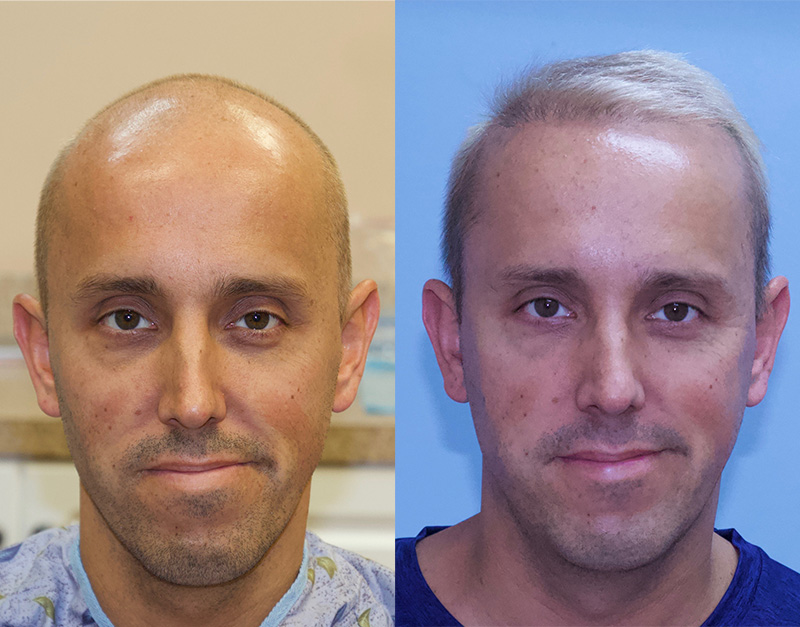Hair Transplantation

Hair Transplantation: Procedure and Clinical Overview
Overview
Hair transplantation is a surgical technique that moves hair follicles from a donor site, typically an area of dense hair growth on the scalp, to a bald or thinning recipient site. It is primarily used for androgenetic alopecia but also for restoring hair in scarred or damaged scalp regions.
Procedure Steps
Consultation and Planning
Patients undergo a detailed evaluation to determine the patterns of hair loss, donor hair availability, and to design a natural-looking hairline and coverage area. The number of grafts required is estimated based on individual anatomy and expectations.
Donor Hair Extraction
Two main techniques are used:
- Follicular Unit Strip Surgery (FUSS): A strip of scalp containing hair follicles is surgically removed from the donor area. The donor site is then sutured. The strip is dissected under microscopy into individual follicular units for transplantation.
- Follicular Unit Extraction (FUE): Individual follicular units are extracted one by one using a micro-punch tool, leaving tiny dot scars instead of a linear scar.
Graft Preparation and Preservation
Extracted grafts are cleaned, sorted by hair count, and preserved in a specialized solution to maintain viability until implantation.
Recipient Site Creation and Graft Implantation
Small incisions are made in the recipient area following the natural hair direction and angulation. Each follicular unit is meticulously implanted into these incisions, ensuring density and a natural appearance.
Post-Operative Care
Patients receive instructions on wound care, activity restrictions, and medications to reduce infection and swelling. Follow-up visits monitor healing and hair growth progress.
Clinical Considerations
- Choice of technique depends on patient factors, desired outcomes, and surgeon expertise.
- FUE offers quicker healing with less visible scarring; FUSS may yield higher graft numbers in a single session.
- Transplanted hair maintains characteristics of the donor area, making it resistant to androgenetic alopecia effects.
- Full hair growth typically begins 3 to 4 months post-procedure, with final results evident after 9 to 12 months.
Summary
Hair transplantation is a safe and effective surgical treatment for permanent hair restoration. Advances in FUE and FUSS techniques have improved naturalness, reduced scarring, and expanded indications.
Consult with Our Team of Experts Now!
For personalized evaluation and state-of-the-art hair transplantation, consult board-certified hair restoration surgeons.
References
- GETFUE. 5 Steps of FUE Hair Transplantation. 2025.getfue
- The Private Clinic. Step-by-Step Guide to Hair Transplant. 2025.theprivateclinic
- La Jolla Hair Restoration. Hair Transplant Treatment Steps. 2025.ljhr
- WebMD. Hair Transplant Procedures Overview. 2024.webmd
- ASPS. Hair Transplant Procedure Steps. 1999.plasticsurgery
- ISHRS. FUE Hair Transplant: Benefits, Process & Recovery. 2024.ishrs
- Cleveland Clinic. Hair Transplant: How Does It Work? 2025.clevelandclinic















